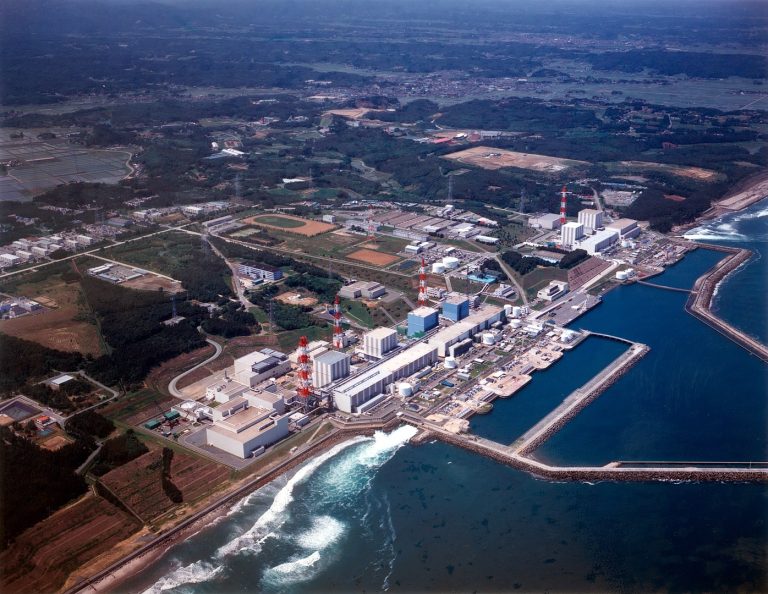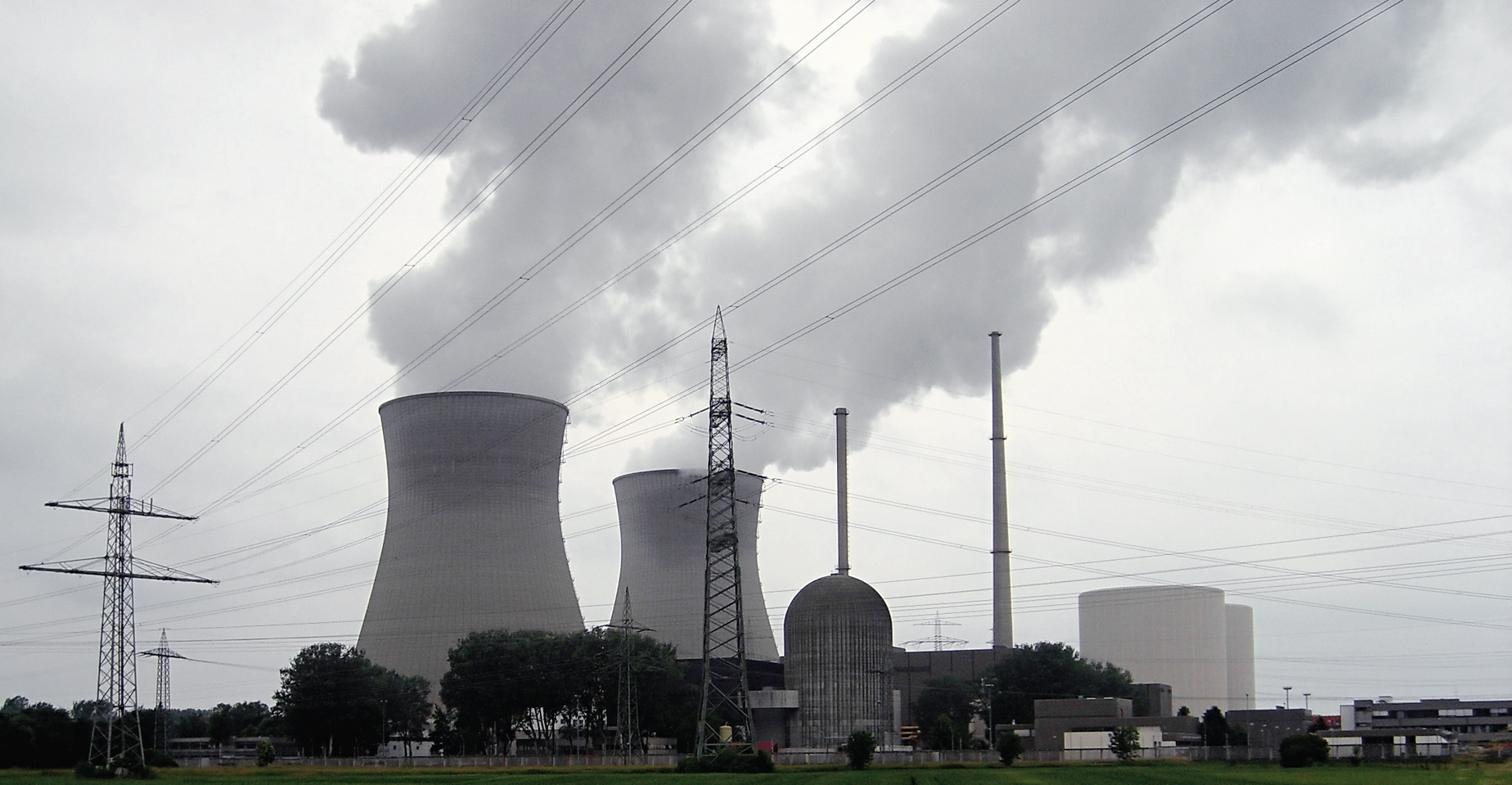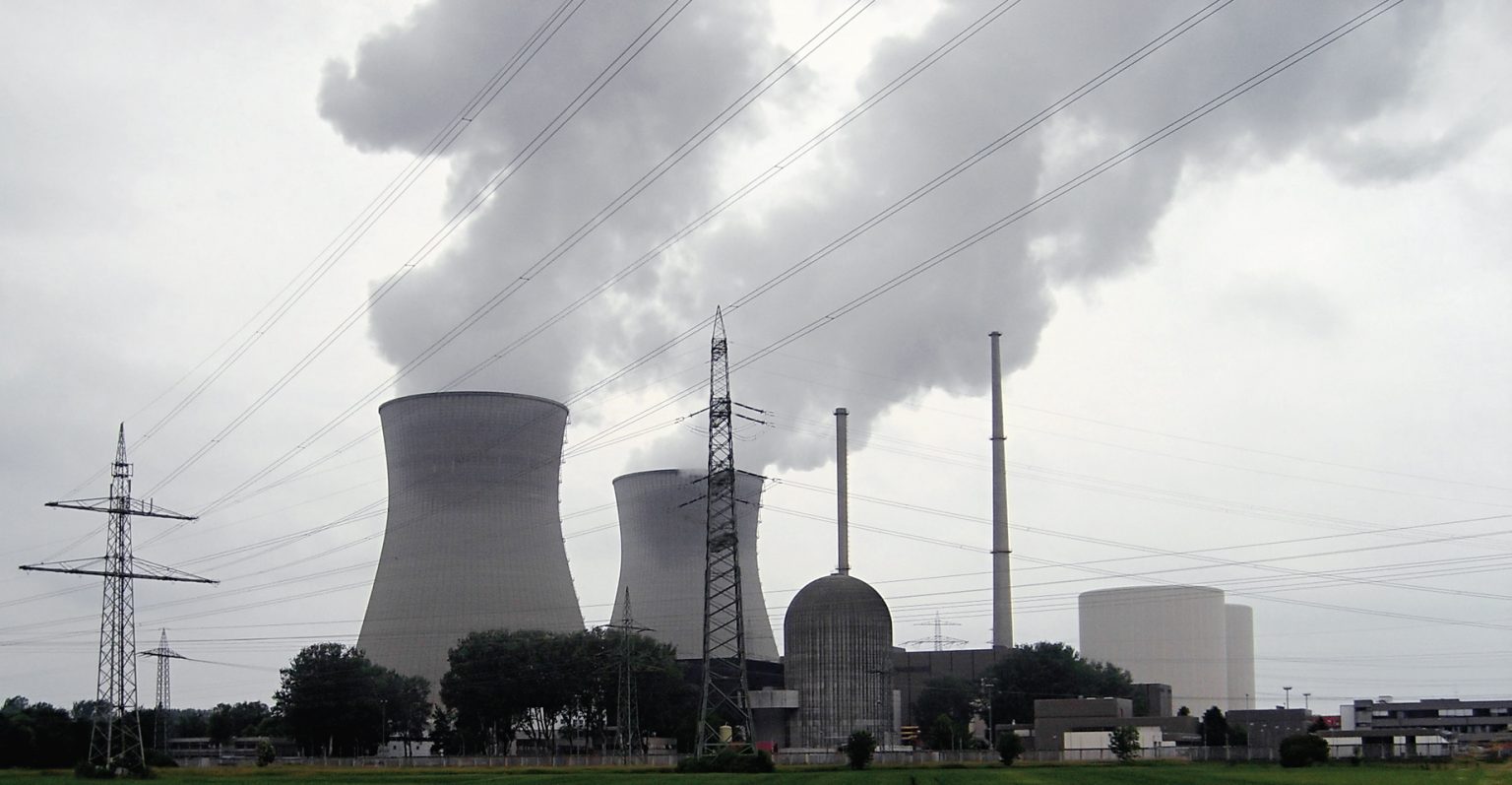Germany’s Nuclear Exit: Last Three Plants to Close Amid Energy Transition
Germany is set to close its three remaining nuclear power plants on Saturday, marking a significant milestone in its two-decade-long phase-out of nuclear energy.
Why is Germany Closing Its Nuclear Power Plants?
The decision to accelerate the closure of these plants was prompted by the Fukushima nuclear disaster in Japan in 2011. However, the original deadline was delayed due to concerns over a potential winter fuel crisis caused by Russia cutting off European gas supplies amid the war in Ukraine. The amended deadline of April 15, 2023 will see the Emsland, Isar 2, and Neckarwestheim reactors shut down this week.
The country wants to move from fossil fuel-based energy generation to a largely carbon-free energy sector while also phasing out nuclear energy. What many international observers have portrayed as a panic reaction following the Fukushima, Japan disaster in 2011, Germany has been on a long road to bringing an end to nuclear power inside the country.
Anti-nuclear movements began in Germany in the 1970s when local initiatives organized protests against plans to build nuclear power stations. In 1975, 28,000 protesters occupied the construction site of a nuclear power plant in Wyhl, Baden-Württemberg and managed to stop construction.
After U.S. nuclear power plant, Three Mile Island accident in 1979, around 200,000 people took to the streets in Hannover and Bonn, demonstrating against the use of nuclear power. More protests followed wherever locations for radioactive waste processing and storage were considered. The anti-nuclear movement was one of the key driving factors behind the foundation of the Green Party (Bündnis 90/Die Grünen) in 1980.
The Chernobyl nuclear catastrophe in April 1986 caused widespread fear of nuclear power and strengthened anti-nuclear sentiment. A majority of Germans were concerned about the risks of the technology. Most politicians began to stress that nuclear was a “transient” technology but not the future, and after 1989 no new commercial nuclear power stations were built.
Public protests continued in the 1990s, mostly against the transport of spent nuclear fuel elements to and from waste processing facilities.
Germany’s decades-long plan to phase out nuclear energy
After the Social Democrats (SPD) and the Green Party won the elections in 1998, the government agreed to limit the lifespan of nuclear power stations to 32 years. The plan allocated each plant a set amount of electricity that it could generate before being shut down.

Fukushima, Japan marked the end of nuclear energy in Germany
In the wake of the nuclear catastrophe in Fukushima, Japan, on March 11, 2011, the government decided three days later to deactivate Germany’s seven oldest reactors.
In June 2011, the government proposed to shut down eight nuclear plants permanently and limit the operation of the remaining nine to 2022. Polls in the following years consistently showed a majority of the population to be in favor of phasing out nuclear power in the country entirely.
While this move is a step forward in Germany’s transition away from nuclear power, the country still faces challenges in replacing the lost capacity. Coal still accounts for one-third of Germany’s electricity production, and the government has announced plans to shut down all coal-fired power plants by 2038, with a first wave of closures in 2030.
Germany is also investing heavily in solar and wind technologies, but concerns linger about the pace of progress towards meeting the country’s own green energy targets.
Subscribe to Our Weekly Newsletter
Enter your email to get the best of Clean Earth Energy straight to your inbox.










